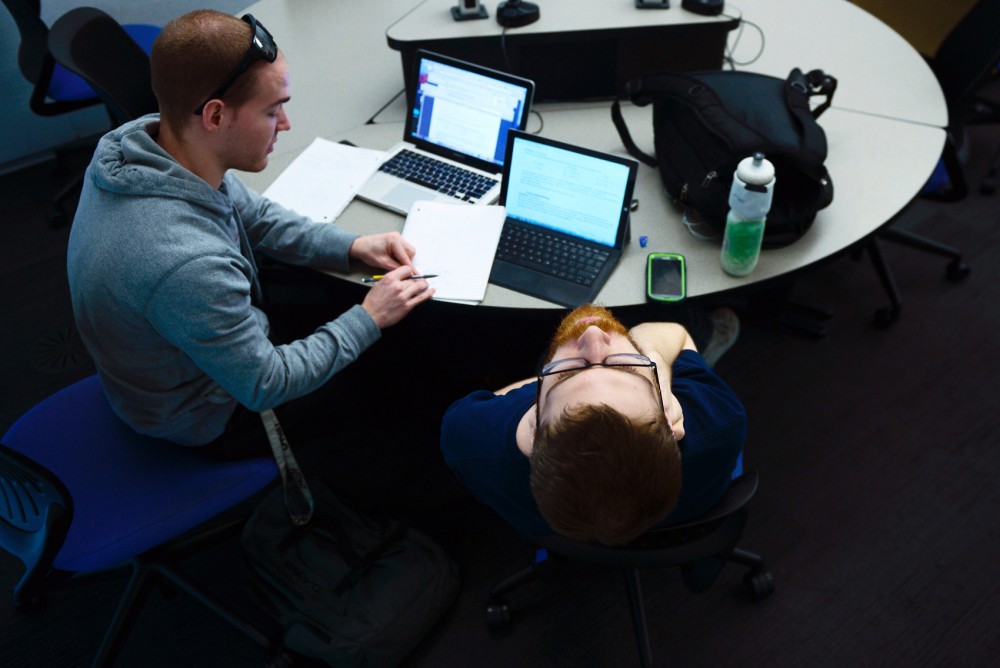Aching muscles were no more than background noise to Claire Stephens until the pain started to creep into her wrists.
Stephens, then a music education first-year at Winona State University, worried that daily violin practice could be inducing the pangs.
One year later, she set down the instrument for good.
Despite giving up the hobby she intended to make her career, the ache continued to spread — first to her back and ribs and then to her head, until Stephens noticed herself feeling dizzy and was unable to remember important moments in her life. Just months into her second year at school, she moved back home.
A doctor diagnosed Stephens with fibromyalgia, muscle pain throughout the body often associated with anxiety and poor memory. The doctor told the 20-year-old she would feel off for the rest of her life.
Now a journalism junior at the University of Minnesota, she’s among many young adults that suffer from one of the most under-researched disorders of the age group.
About one in four adults aged 18 to 29 report experiencing chronic pain, according to one estimate. Often, having the disorder means tossing loved activities to the wayside — as it did for Stephens — and adopting special habits to maintain health.
Health professionals differ in their treatments, with recommendations ranging from opioids to natural remedies such as chiropractic care and acupuncture.
Despite medical marijuana’s legalization for intractable, or chronic, pain in Minnesota last year, doctors across the board say there’s no proof that the drug could be a cure.
To be considered chronic, pain must last three or more months. But the kind of pain included in the condition’s definition can range from migraines to spinal pain or injury-induced discomfort and more.
The wide range makes finding a conclusive solution for chronic pain intangible, further veiling the disorder for young adults who are already isolated by stigmas that pain is disabling, that young people can’t feel pain and that those who claim to be feeling achy must be lying.

















